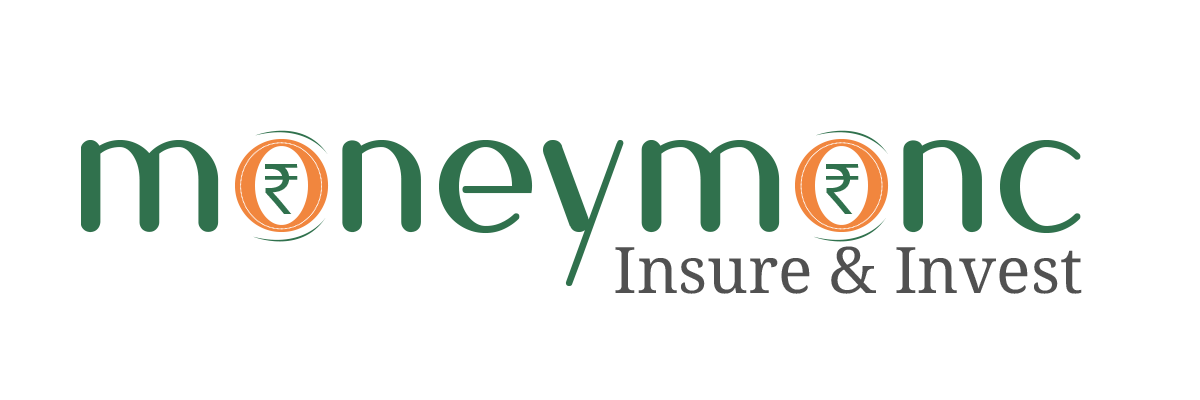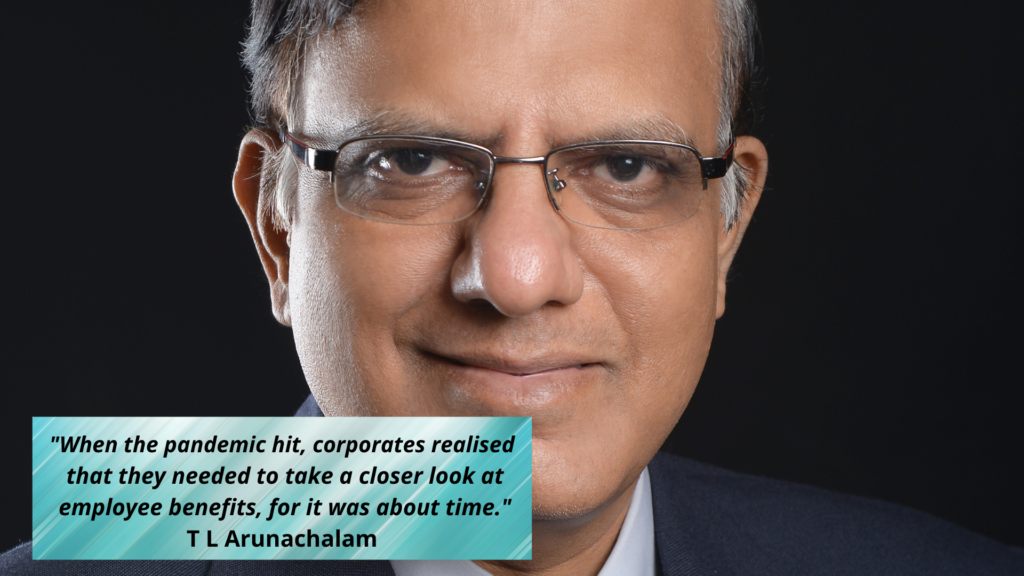When the Coronavirus pandemic hit in 2020 and businesses shut operations, the collective worry of corporates across the world was whether their insurance policies would cover the loss of profits resulting out of the sudden interruption.
But globally, either the pandemic was listed among ‘exclusions’ in insurance policies, or could be availed of as an add-on clause which nobody had thought of buying given its probability of almost non-occurrence.
Lack of insurance cover for business interruption
Post the first wave of pandemic, most of the insurance companies withdrew any form of pandemic cover they earlier offered to the corporates as it became financially non-viable.
T L Arunachalam, Director and Head – Cyber & Emerging Risks Practice from Bharat Re, said, “Earlier, instances of diseases like SARS, Ebola etc. were limited to some countries and were contained in small pockets of the globe, unlike COVID 19 which became a worldwide event. So this was unexpected for the insurance industry too.”
As a result, last April onwards, the insurance industry has brought specific communicable diseases exclusion in almost all policies, clearly indicating that an insurance policy wouldn’t pay any loss arising out of a communicable disease, he points out.
“The reason is not that the insurance companies do not want to help, but even if you put the combined capital of insurance industry worldwide, they cannot indemnify the business losses that run into trillions of dollars owing to the COVID19 shutdown,” Arunachalam points out.
The only solution, according to him, is to have what he refers to as ‘backstop’, or a pool like the industry’s nuclear pool or its terrorism pool.
“Since everybody contributes to a pandemic insurance pool, everyone can expect some relief, but as of today, there’s no indemnity available for the loss of revenue due to a pandemic. This is a big area of worry,” Arunachalam added.
Corporates revaluate Employee Benefits
It’s not just business interruption or the resultant losses; the concerns of corporates are far from over. From employee well-being to liability risks, corporates had to deal with far more than they ever expected during the past one year.
As per Arunachalam, “When the pandemic hit, corporates realised that they needed to take a closer look at employee benefits, for it was about time. They checked whether their existing plans covered COVID, and over a period of time, we saw three main interventions that happened in this segment.”
First, several corporates reviewed and revamped their coverage. Second, a lot of them realised that if they covered Covid treatments in their existing group medical insurance policies, their loss ratios were getting severely affected. So, many of them opted for a separate “Covid Only” health cover for their employees. This way, the group medical cover policy for the employees was insulated from the COVID claims.
And third, many companies went for what is called the super top-up coverage. For instance if they had a Rs2 lakh or Rs3 lakh coverage per employee which they wanted to increase, a more cost effective way to do that is by creating a second layer of medical insurance, through a product called super top-up.
“The premium for the super top-up would be lesser than the premium payable for a ground up, basic policy. Hence it was a more viable option for additional coverage,” he says.
Demand & Supply Gap in Corporate Term Life Insurance
Owing to the increasing number of COVID fatalities, several corporates were keen on getting their employees covered under group term life policies. But the life insurance market has also witnessed significant shifts.
Arunachalam said, “Enquiries on group term life insurance are at an all-time high, but the insurance industry has limited capital. And life insurers have seen the maximum pay-outs in claims because of the unfortunate demise of people due to COVID 19.”
So while there is a huge rush of corporates to buy group term life insurance, the underwriting capacity is not available.
“The life insurer’s underwriting is now stricter, based on their actuarial calculations which say that if they continue in the same way as before, they might end up paying a loss. They’re now more careful in offering a cover or offering rates, and policy limits. So there is a demand supply gap,” he added.
Bridging Gaps in Liability Exposure
One of the biggest threats that corporates faced in a pandemic that digitized the world was the risk of cyber-attacks. While earlier, a cyber-insurance cover was easier to avail, not all corporates had an adequate coverage. But with the rising threats, insurance companies have become stricter while offering their policies to corporates.
“A story similar to group term life is happening here; there has been a change in the way insurance companies accept cyber risk. The insurance industry is not reserved, but now they’re quite careful in identifying a good risk from a bad risk by going closer to a corporate to find out if they are good customer for cyber insurance.”
Insurers now want to know if corporates seeking cover have the required levels of cyber security and preparedness.
If a corporate is well informed, has risk management SOPs and protocols in place, and a cyber-threat trained staff, it is a good insurable risk for an insurance company, otherwise not.
“This is playing out very strongly now,” Arunachalam said.
The industry is also experiencing heightened awareness on other liability insurance products such as Directors & Officer’s (D&O) Policies, Product Liability Policies, Professional Indemnity Policies/ Errors & Omissions (E&O) policies.
As per Arunachalam, “All these liability insurance policies are relevant only if they have extensions and add-on covers. This is where our role comes into the picture, and we are witnessing several corporates approaching us to review their existing insurance policies to check whether they are relevant, updated and offer adequate protection.”
COVID 19 – And Its Impact on Reinsurance Market
The reinsurers do not seem to be impervious to the increased claims scenario of the Indian insurance sector. According to him, Indian life insurance companies are guarded when it comes to group life insurance unlike pre-COVID times.
“We find that proposals by corporates having 1000-2000 odd employees are also being sent to a reinsurer for underwriting, which was not the case previously.”
Also due to the sheer scale of Indian population and demographics and lack of adequate reliable data, reinsurers are guarded on writing group life insurance and group health insurance policies in the Indian market.
While the insurance industry figures out its way post the pandemic situation to understand its underwriting capabilities, and changes in coverage offerings to bridge the insurance gap, in the meantime, corporates should delve deeper into their risk mitigation and management policies. The pandemic is here to stay and hit again in subsequent waves, but it’s never too late to take preventive steps, and safeguarding financial exposures through insurance is certainly a more viable option.


